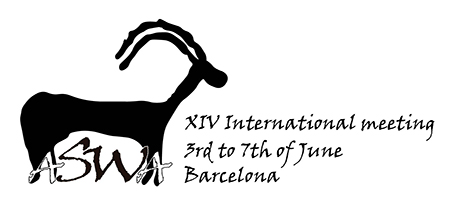Exploitation of animal resources was long neglected topic when it concerns the Eneolithic period in the south-east Europe. However, in past few decades, new excavations with up-to-date methodology of recovery of the faunal material, as well as analyses of material stored in the museum collections, enabled detailed analyses of bone industries in the Eneolithic period in the Balkan area. Here will be presented the osseous industry from several sites belonging to the Bubanj-Salcuţa-Krivodol cultural complex, widespread in the Balkans. The most important assemblage comes from the site of Bubanj near Niš, where excavations were carried out in 1950s and again in 2008-2014, and these last campaigns provided rich assemblage of osseous artefacts, including manufacture debris. Also was analysed the material from two sites situated in eastern Serbia, Lazareva cave near Zlot and Begov most, and compared with available results from the sites in Bulgaria. Predominant raw materials were bones, mainly sheep/goat and cattle metapodials and ribs, followed by red deer antlers. Rarely, teeth and mollusc shells may be encountered. Typological repertoire consists of different implements: pointed tools (awls, needles), burnishing tools and rarely heavy duty tools, handles or projectile points. Ornaments are not very frequent. Bone figurines are characteristic for the Bubanj-Salcuţa-Krivodol cultural complex and recent find of a single fragment from the site of Bubanj showed their distribution was different than previously thought.
|
|
|
By author > Vitezović Selena
Exploitation of animal resources and use of animal hard tissue in the Eneolithic period in the Balkans
| Online user: 1 | RSS Feed |

|

 PDF version
PDF version